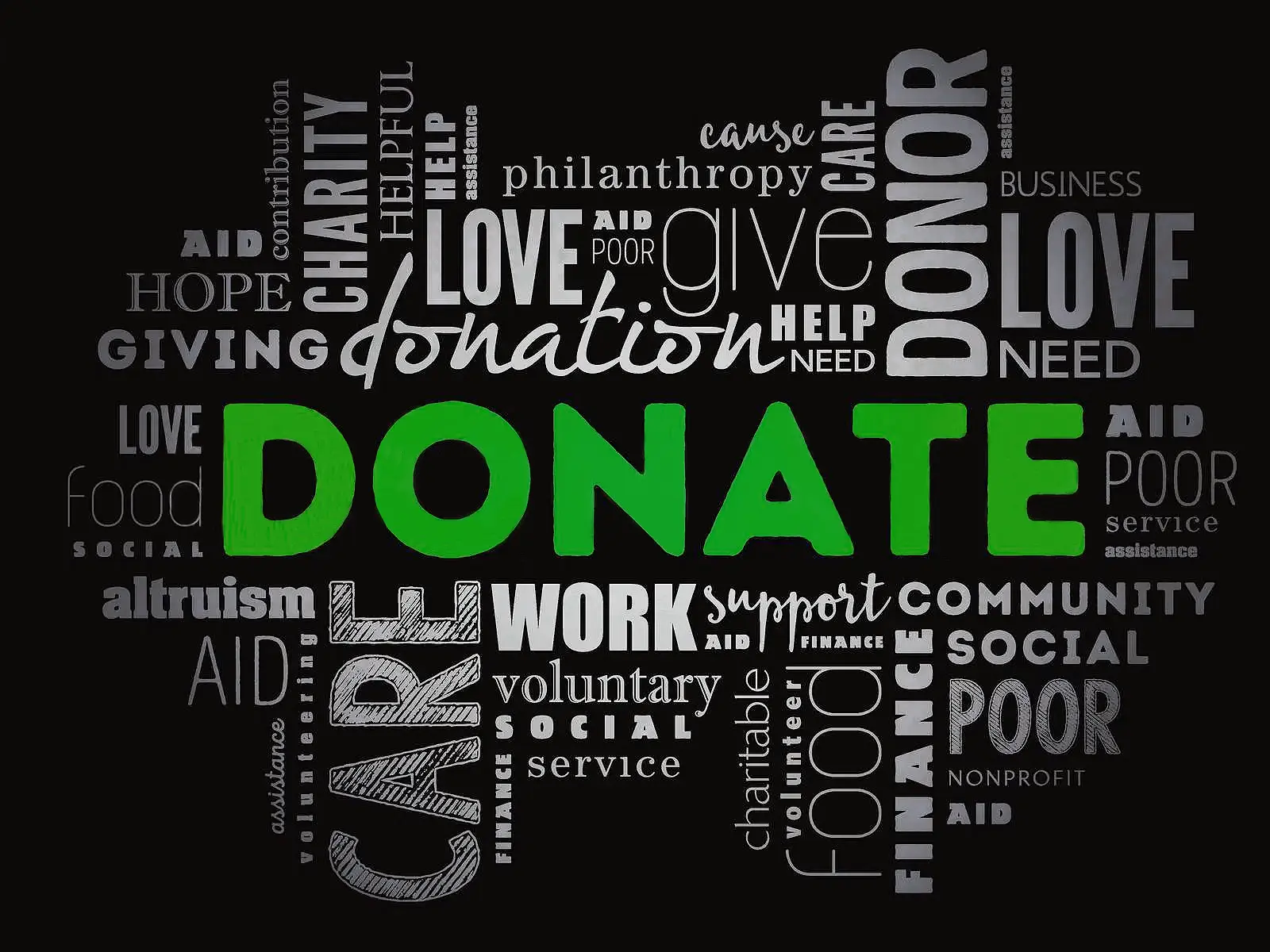BMIT Metrics
What follows has been accomplished with zero advertisement.
last update 06/01/25
Race/Ethnicity Breakdown (2025 YTD)
Geographic Distribution of Youth Served (2025 YTD)
New Registrations by Year
Age Group Distribution (2024-2025 YTD)
Estimated Yearly Youth Served
Family Demographic (2025 YTD)
71% of households we serve are headed by single mothers. (please see below)
Poverty
- Single mothers are seven times more likely to live in poverty than those that are married. (U.S. Census Bureau, 2018).
- 42% of all children living in a single-parent household are considered poverty-stricken. (U.S. Census Bureau, 2018).
Abuse
- The rate of children being abused in a single-parent home is 21%. This is triple the rate of those in two-parent homes at 8%. (Fourth National Incidence Study of Child Abuse and Neglect, Congressional Report, 2010).
- Children from fatherless homes are 71% more likely to be maltreated, 62% more likely to be neglected, and 59% more likely to sustain serious physical injury from abuse. (Fourth National Incidence Study of Child Abuse and Neglect, Congressional Report, 2010).
- 90% of all homeless and runaway children come from single-parent homes. (Congressional Report, 111th Second Session, Vol. 156, Sec. 8, p 10707, 2010).
Addiction
- 75% of all adolescent patients in chemical abuse programs are products of single-mother households. (Rainbows for all God's Children, 2020).
- Children from fatherless homes are 10 times more likely to use drugs or alcohol. (Rainbows for all God’s Children, 2020).
Imprisonment & Crime
- Children in fatherless households are 20x more likely to be incarcerated. (Texas Dept. of Corrections, 2018).
- 85% of children from fatherless homes are more likely to exhibit a behavioral dysfunction than those of two-parent homes. (Center for Disease Control, 2018).
Education
- 71% of children from fatherless homes drop out of high school, leaving these children nine times more likely to abandon their education. (National Principals Association Report on the State of High Schools, 2020).
Yet...
Employment
- According to the Bureau of Labor Statistics, 77.6% of single mothers are employed. (U.S. Department of Labor, Bureau of Labor Statistics, 2022)
This data reinforces the extreme importance of a two-parent household. The supreme purpose of BMIT's cause. Let us overcome these and other statistics together!
- BE.
What benefits your youth will get with BMIT:
Knowledge of self
A sense of belonging
Tools for success
Much, much more.
Contact us for more info!